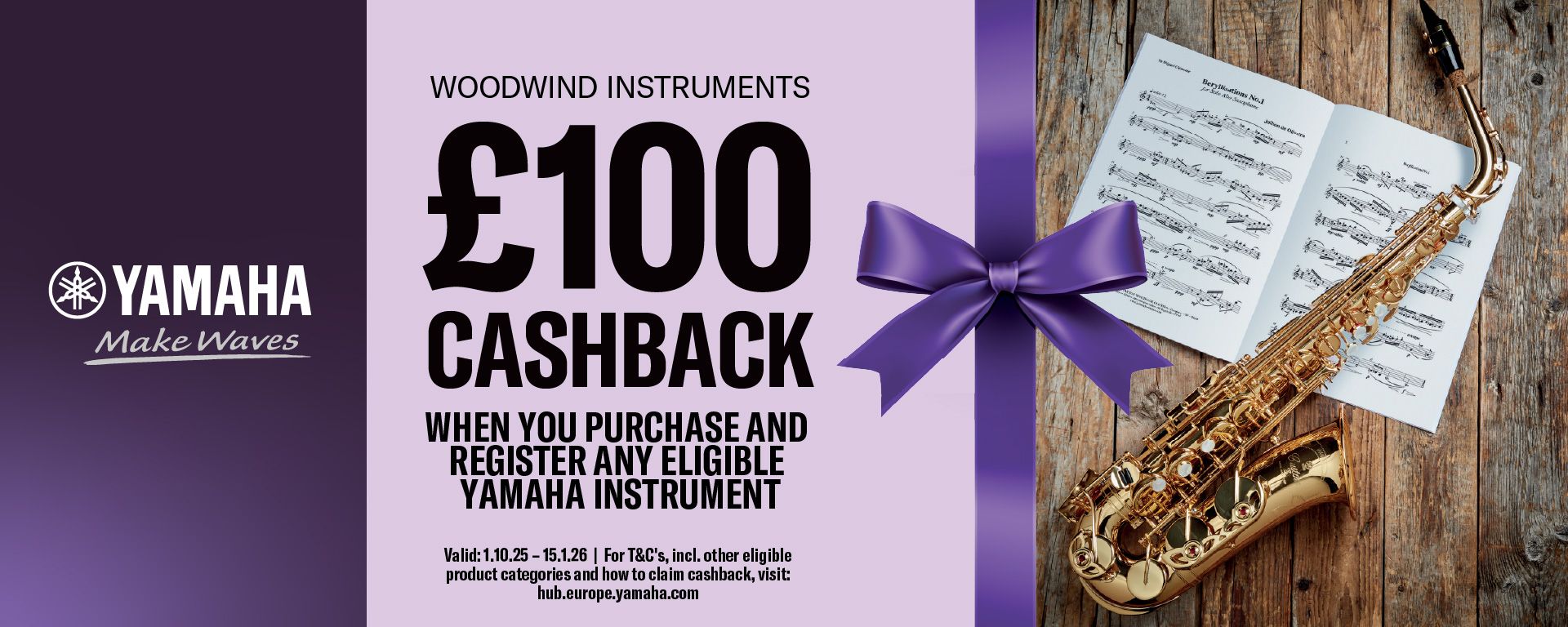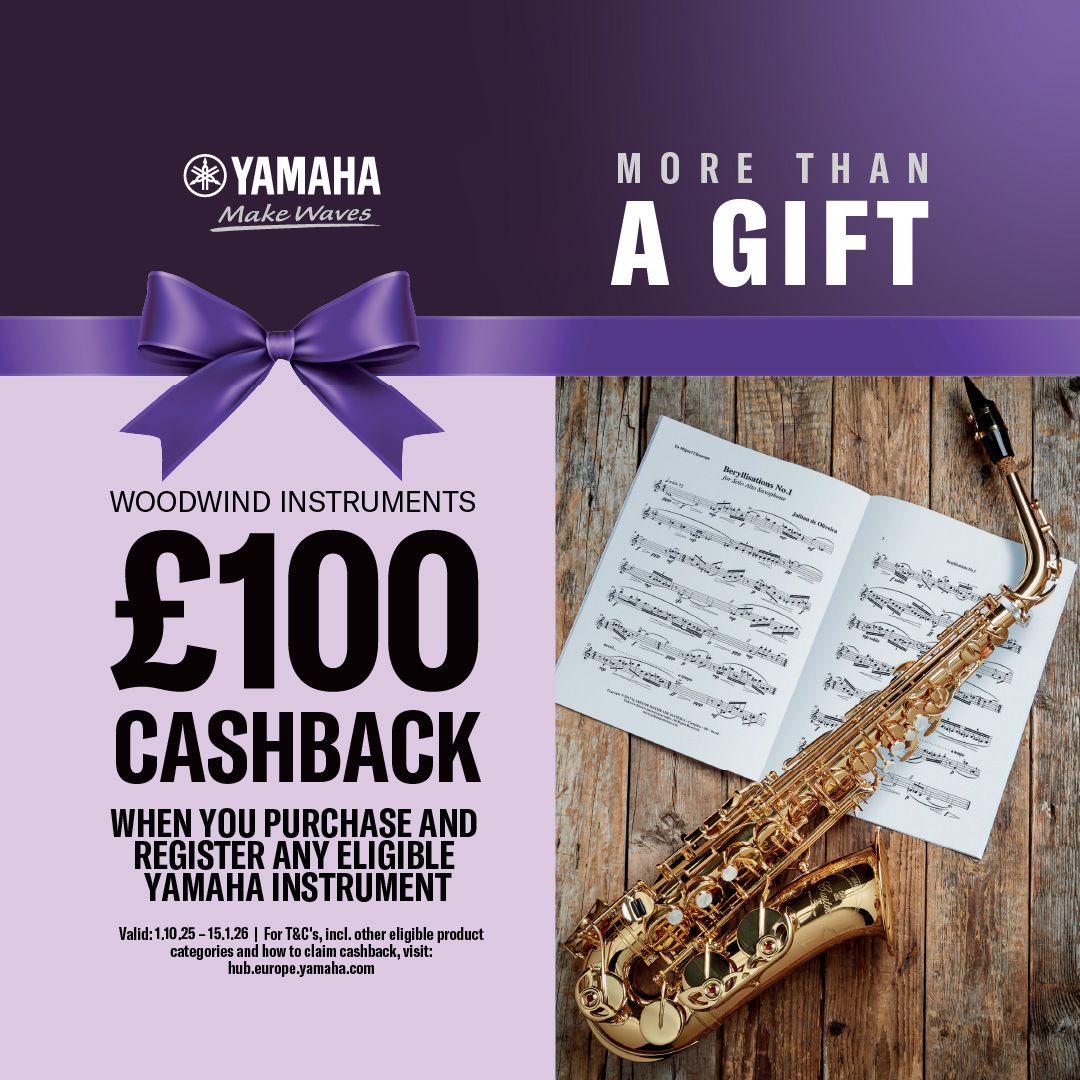Sonata in B major for Flute and Piano, Op. 1
From the Publisher
J.P.E. Hartmann (Johan Peter Emilius) was born on May 14th 1805. He comes from a family of German musicians. His grandfather Johann Hartmann immigrated to Denmark and as a violinist and composer had a great impact on the music environment in Copenhagen. His father A.W. Hartmann was an organist at Garnisons Church in Copenhagen, a position later taken over by his son. J.P.E. Hartmann lived an exceptionally long and rich life, and his music was among the cornerstones in The Danish Golden Age. Today he is remembered especially for his operas (Raven and the Little Kirsten), his symphonies and also his music to Oehlenschlägers National epos “Guldhornen” (1832). The manuscript for J.P.E Hartmann’s Flute Sonata in B major, opus 1 is dated June 3rd 1825, but is actually composed after his piano quartet, opus 2 (1823) and his Concert overture, opus 3 (May 1825).
The Flute Sonata in B major, opus 1, was written for the cultural elite gathered around the wine merchant Waagepetersen. Here you could hear Beethoven’s string quartets and music from Spohr and Weber, among others, and especially Friedrich Kuhlau who in the years from 1825 made his mark on the chamber music evenings at patrons of art or literature. Kuhlau wrote no less than 60 works, where one or more flutes perform the concerto either as a flute ensemble (2, 3, 4 flutes), with strings (quintets, opus 51, 1-3) or with piano (for example 10 flute sonatas). The blind organist Niels Peter Jensen (1802-46), one of Kuhlaus’ students, who also played flute – even as a virtuoso (as opposed to Kuhlau who played piano), was Hartmann’s teacher in instrumentation. Hartmann’s Flute sonatas are written for N. P. Jensen. The sonata is in four large-scale movements, whose style shows reminiscences from Kuhlau, but also shows the harmonic richness and melodic creativity with which Hartmann could already create a personal expression in his instrumental works.
The Danish Golden Age (~1810-1850) can be defined as a cultural high point that was dominated by a series of outstanding authors (Oehlenschläger, H. C. Andersen, Baggesen, Kirkegaard, Heiberg) a group of painters (Eckersberg, Lundbye, Skovgaard, Købke) whose works have found their way to the international art world, as well as composers such as C. E. F. Weyse, J. P. E. Hartmann, Friedrich Kuhlau and (although a bit late for the Golden Age) N.W. Gade.
Of the music originally composed for flute in The Danish Golden Age, Friedrich Kuhlau’s enormous collection of works should be emphasized. Weyse composed a single work for flute and piano, Andante et Rondeau (Edition SVITZER). Niels Peter Jensen wrote a long series of works for flute, among them a concerto in a-minor with full orchestra (Edition Eulenburg), numerous sonatas with piano, duos for two flutes and solo fantasies. We should also mention Johannes Frederik Frøhlich (1806-60), also a student of Kuhlau who at that time was a known and often used composer for The Royal Theatre’s ballets. We are aware of two flute sonatas that he wrote, a Duo Concertante for two flutes, a Quartet for four flutes, and a Divertissement with Symphony Orchestra.
J.P.E. Hartmanns B major sonata, opus 1, places itself centrally as a treasure of The Danish Golden Age. The sonata has through numerous CD-recordings and as the required piece at the Carl Nielsen International Music Competition in Odense, proven its musical value.
Toke Lund Christiansen
April 2009
Performance duration (approx): 27'00
Item Details
Our Stock Code: 1634952Instrumentation
- Part 1: Flute
- Part 2: Piano
Category: Romantic Flute and Piano Music
Publisher: Edition Svitzer
Media Type: Paperback - Score and parts
Country of Origin: Denmark
HS Code: 49040000

